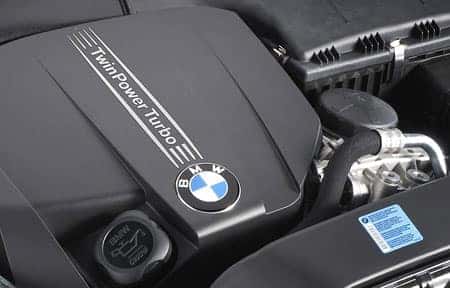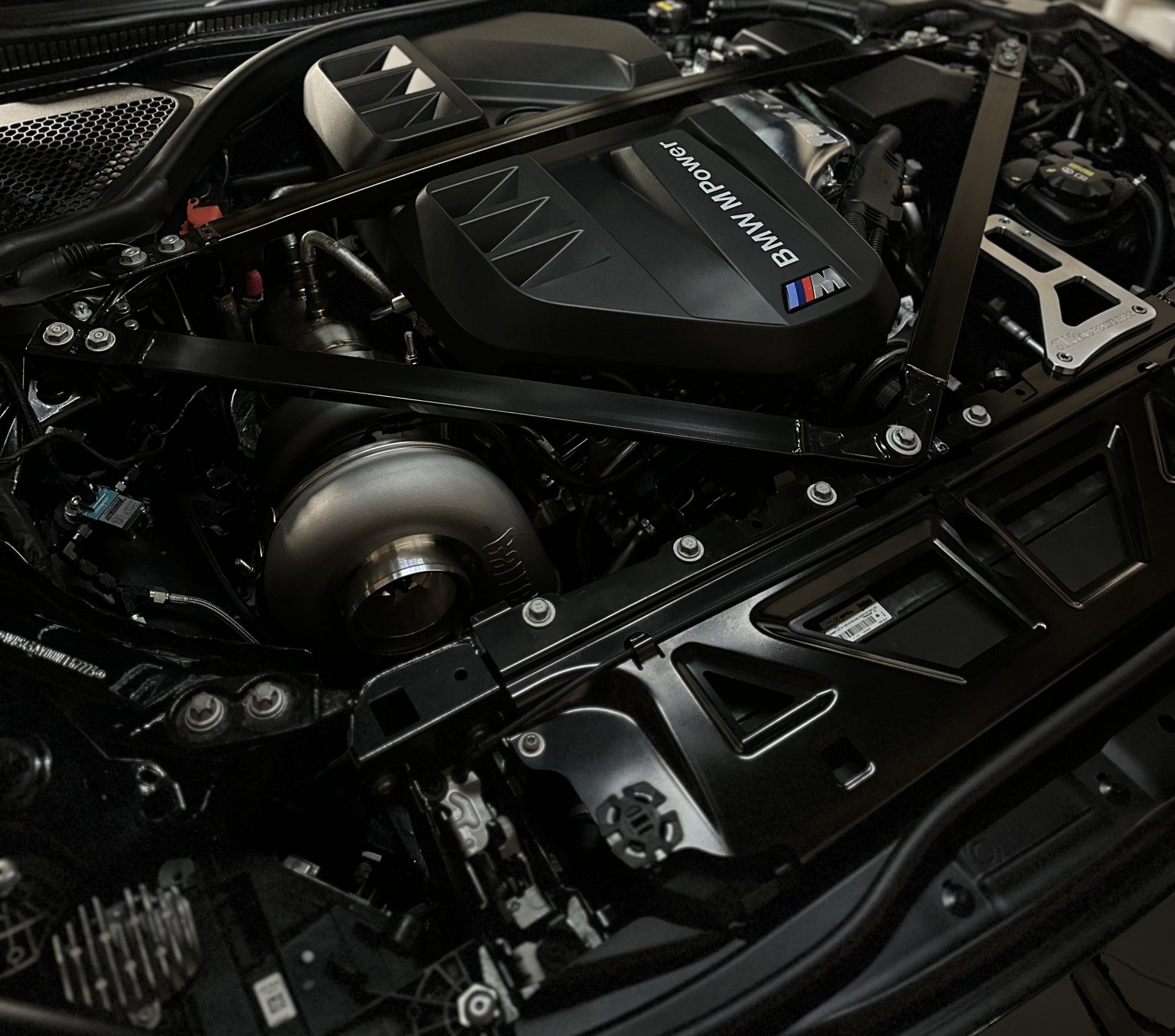Exactly how to Preserve Your BMW Engine for Optimal Efficiency and Long Life
Exactly how to Preserve Your BMW Engine for Optimal Efficiency and Long Life
Blog Article
Discovering the Advancement of Burning Engines in Modern Transportation Systems
As we navigate the landscape of modern transport, the development of burning engines stands as a testament to human ingenuity and design expertise. From their modest beginnings to the advanced powerhouses thrusting lorries today, combustion engines have gone through an impressive journey of advancement and adjustment. Comprehending the intricacies of this development not just drops light on the past yet also leads the way for visualizing what lies ahead in the world of transport modern technology. The interplay of background, innovation, and environmental problems fit the trajectory of combustion engines produces a story that is both insightful and engaging.
Early Beginnings of Combustion Engines
How did the idea of burning engines initial emerge in the very early phases of transportation growth? The origins of burning engines can be traced back to the 17th century when the concepts of inner combustion were initial discovered. In 1673, Christian Huygens conceptualized a standard internal combustion engine that used gunpowder to produce power. However, it had not been up until the late 19th century that useful applications of burning engines in transportation started to arise.
The breakthrough minute came with the creation of the first effective gasoline-powered engine by Karl Benz in 1885 - bmw engine. This engine paved the way for the advancement of the modern car, transforming transportation systems worldwide. Succeeding technologies by Nikolaus Otto and Gottlieb Daimler even more fine-tuned burning engine modern technology, leading to the mass manufacturing of automobiles and the quick expansion of the transport sector
These very early burning engines were characterized by their simplicity and efficiency, laying the foundation for the complex and powerful engines utilized in modern-day transport systems. The development of burning engines has actually contributed in shaping the method we travel and deliver products, noting a substantial landmark in the background of transportation advancement.
Shift to Internal Burning Modern Technology
The transition to inner combustion innovation noted a crucial shift in the development of transport systems. This change started in the late 19th century, with inventors like Nikolaus Otto and Gottlieb Daimler establishing the very first effective internal combustion engines. These engines transformed transport by offering a more effective and efficient choice to vapor engines and electric motors.
Among the key benefits of internal burning engines was their ability to be scaled down to match automobiles, resulting in the development of motorcycles and vehicles. This shift from cumbersome, stationary engines to compact, mobile ones led the way for the modern transport systems we see today.
The shift to interior burning technology additionally spurred improvements in gas modern technology, bring about the growth of fuel and diesel as primary fuel resources for vehicles. This shift not only made transportation much more accessible to the masses however likewise laid the structure for the oil and gas market to come to be integral to worldwide economies.
Effect of Combustion Engines on Transport
The fostering of combustion engines in transportation systems catalyzed a profound change in the performance and rate of worldwide mobility. Burning engines reinvented transport by offering a versatile and trustworthy source of power for numerous lorries, consisting of vehicles, aircrafts, vehicles, and ships. This technology substantially boosted the capacity for products and individuals to relocate over fars away in shorter timespan, leading to raised connectivity between areas and nations.
In addition, the prevalent use of burning engines has actually had a considerable influence on economic development. The ability to transfer goods successfully has stimulated trade and commerce, allowing businesses to broaden their markets and reach customers worldwide. This has facilitated economic growth and globalization, as items can currently be moved quicker and in bigger amounts than in the past.
Nonetheless, the environmental effect of burning engines can not be neglected. The burning of fossil gas has resulted in air contamination and greenhouse gas emissions, adding to climate adjustment and posing health risks to populations. bmw engine. Because of this, there is a growing focus on developing alternative propulsion modern technologies to reduce these adverse impacts and create a more lasting future for transport
Technologies in Combustion Engine Style
Countless advancements in burning engine layout have propelled the advancement of transport systems over the years. One noteworthy advancement is the development of turbocharged engines, which make use of exhaust gases to drive a turbine that compresses inbound air, permitting more fuel to be burned, causing boosted power outcome without a considerable rise in engine dimension. In addition, direct injection innovation has improved gas effectiveness and performance by exactly managing the quantity and timing of fuel infused into the burning chamber. Variable shutoff timing systems have additionally reinvented engine layout by maximizing air movement at various engine rates, boosting both power and efficiency. One more considerable innovation is the assimilation of lightweight products such as carbon fiber and aluminum alloys, minimizing total engine weight and improving vehicle fuel economy. Developments in computer-aided style have actually allowed engineers to maximize engine check over here performance and efficiency via simulations prior to physical prototypes are built, saving time and sources in the development process. These developments collectively contribute to the continuous enhancement of burning engines in modern-day transportation systems.
Future Trends in Burning Engine Growth
With innovation improvements driving constant development, the future of combustion engine development is positioned to change transportation systems internationally. One of the key fads in combustion engine development is the push towards higher performance and minimized discharges. Manufacturers are investing heavily in research study and advancement to improve engine efficiency while fulfilling rigorous environmental laws. This includes the assimilation of advanced this article gas shot systems, enhanced turbocharging methods, and the use of lightweight materials to enhance fuel consumption and minimize carbon emissions.
One more famous pattern is the fostering of crossbreed technologies in burning engines. Hybrid engines combine conventional burning innovation with electrical power, using boosted gas effectiveness and reduced exhausts. As the auto market changes in the direction of electrification, hybrid burning engines are viewed as a transitional remedy that bridges the gap between standard lorries and totally electric ones.
Furthermore, the assimilation of clever technologies, such as artificial intelligence and information analytics, is expected to play a substantial duty in the future of combustion engine development. These technologies can enhance engine efficiency in real-time, causing a lot more efficient burning procedures and improved general lorry efficiency. Accepting these future fads will not only drive advancement in burning engine development yet likewise add to a much more eco friendly and sustainable transport environment.

Conclusion
In conclusion, the evolution of combustion engines in modern-day transportation systems has actually been marked by considerable improvements in modern technology and design. From the very early starts of burning engines to the transition to inner combustion modern technology, these engines have actually had a profound impact on transportation.
The origins of burning engines can be mapped back to the 17th century when the principles of internal burning were very first explored. These engines transformed transport by offering an extra powerful and reliable option to vapor engines and electrical motors.

Report this page